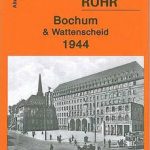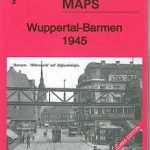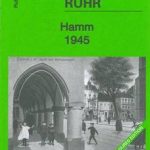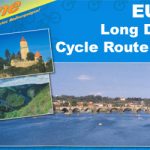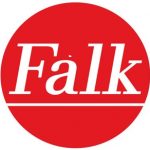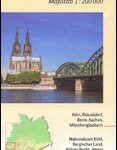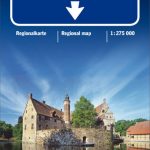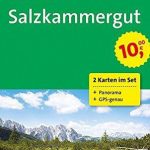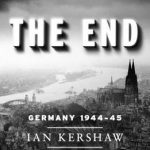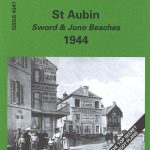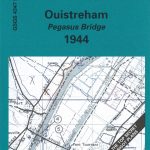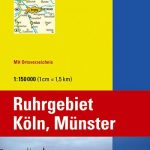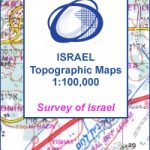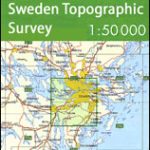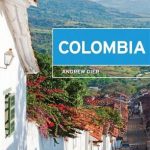Disclosure : This site contains affiliate links to products. We may receive a commission for purchases made through these links.
Koln (N) 1944: Cologne Sheet 1

The northern part of Cologne in 1944 in the Alan Godfrey series of reproductions of British War Office survey first published in 1945 prior to the Allied occupation of the area. Both maps covering the city (north and south) are double-sided to provide maximum coverage. Though published in 1944, the maps show the area largely as it was before the bombing.Features on the North map include railway with main station, Hohenzollern Bridge, Cathedral, Nippes, Riehl, Merheim, Ehrenfeld, Ossendorf, Bickendorf, Butzweiler, Blรผcher Park and Vergnรผgungs Park; on the reverse is the area east of the Rhein with Mรผlheim and Kalk. Features on the South map include Lindenthal, Kriel, Stadt Wald, Komarhof, Schleifkotten, Deckstein, Zollstock, Bayenthal, Neumarkt, much of Cologne’s Old Town`, Romers Park, Hindenburg Park and Hangebrรผcke; on the reverse coverage east of the Rhein includes Poll and Humboldt Kolonie. The North map has a short introduction to the history of Cologne, while the South map includes a key to many of the numbered buildings, especially industrial sites, that are shown on both maps.To see other titles in this series please click on the series link.This series of reproductions from Alan Godfrey covers the major industrial area east of the Rhine that includes Bochum, Cologne, Dortmund, Duisburg, Dรผsseldorf, Essen, Gelsenkirchen, Oberhausen and other towns, with their great network of railways and industries. The maps are taken from the British War Office 1:12,500 plans and reduced at approximately 1:19,000. Published in 1945, prior to the Allied occupation of the area, the maps are especially good at showing industry, collieries and transport. They are not bombing maps – indeed, they make clear that allowance is not made for bomb damage – but show the areas with all their industrial sites and railways largely as they were before the bombing raids of 1943-44. The maps have additional information added by British intelligence. This is normally accurate but allowance must be made for the `fog of war` and occasional spelling mistakes, etc. Each title has on the reverse a specially written introduction to the area in English, with a shorter text in German. Map legend is in English only.













